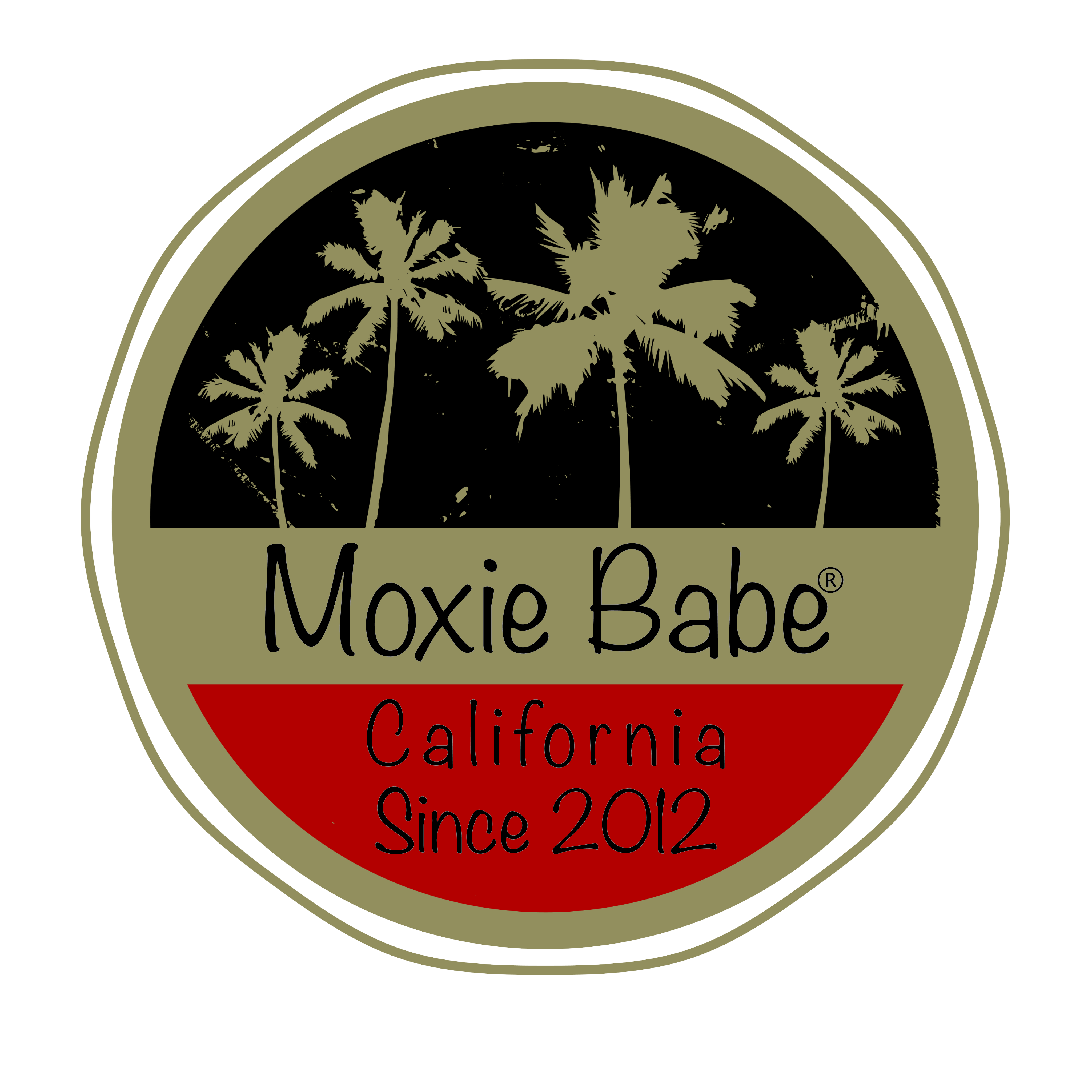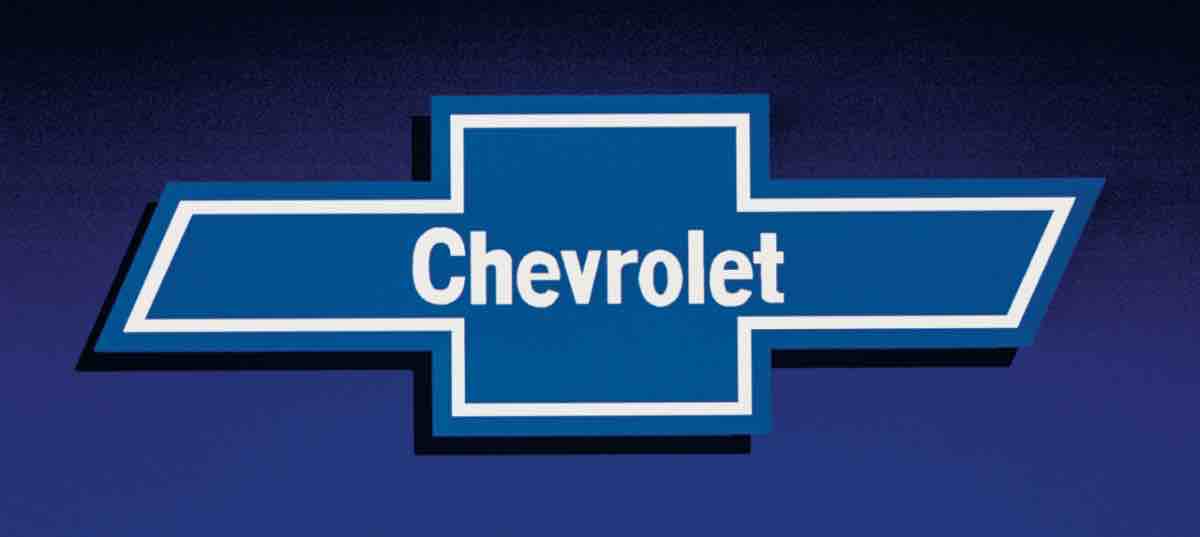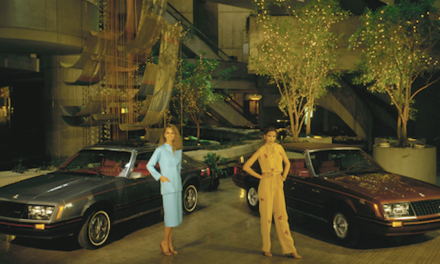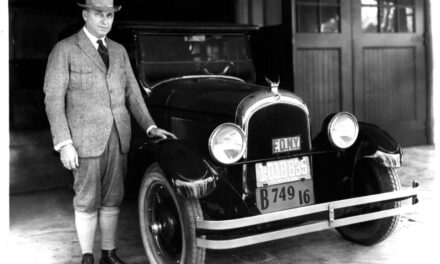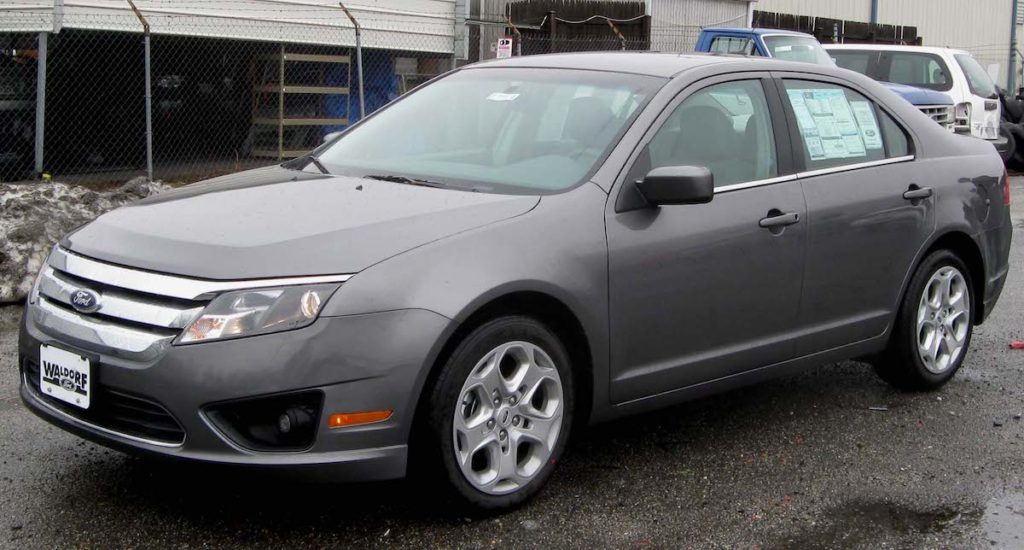
When the muscle car war was at its peak in the ’60s, enterprising and racing-minded dealers did everything they could to get more powerful cars from the factory. Some Chevrolet dealers discovered that the company’s special order system known as COPO – the acronym for Central Office Production Order – could be used for higher-performance powertrains. It was intended for dealers to place custom orders for things like special paint packages for fleet vehicles, not building factory hot rods. Nevertheless, Camaro-hungry dealers used the system to request larger, 427-cubic-inch engines and other equipment that wasn’t available in regular-production models.
The ZL1 427 engine was originally developed as a racing engine for the Can Am series, where early all-aluminum 427 engines had delivered encouraging results in vehicles such as the groundbreaking Chaparral 2F race car. It was similar to Chevrolet’s L-88 427 engine, which had an iron engine block and aluminum heads, but the ZL1’s aluminum block reduced the engine’s overall weight by more than 100 pounds. That was a tremendous benefit for racing, not only because of the obvious weight savings, but it also enhanced the race cars’ overall balance.

In 1969, Illinois-based Chevy dealer Fred Gibb stretched the COPO system to its limit when he ordered 50 Camaros with the new ZL1 racing engine. The idea was to pack the most powerful engine available from Chevrolet into otherwise regular Camaros and sell them to racers. The ZL1 engine was officially rated at 430 horsepower, but was known to produce more than 500.
Despite never being intended for use in a regular-production car, Gibb’s COPO order was fulfilled – but not before a few other dealers got wind of it. They ordered a few, too, and production totaled 69 Camaros (two production Corvettes also were built with the engine).
Those original ZL1-equipped Camaros carried a special-order price of nearly $4,200 for the engine package, essentially doubling the total price of the car. Not surprisingly, those little-known and expensive Camaros with the new engine didn’t sell quickly, although they were capable of running 11-second quarter-mile times. Berger Chevrolet in Grand Rapids, Mich., for example, ordered a ZL1, but it sat on the showroom floor for more than a year and required a significant discount before it finally sold.
More than 40 years later, the original ZL1-powered Camaros are among the most valuable collector cars. Their exceptionally low production numbers, exotic engine and “king of the hill” mythology fuels their demand. And because they were ordered and used as drag racers, few of the cars remain intact today – even fewer still have their original engine – making them all the more special to enthusiasts and collectors.
The ZL1 option was not found in any 1969 Camaro catalog, but the original cars hold a very special place in Chevrolet’s performance heritage – thanks to a few clever dealers.
FACT!
The ZL1 designation was never an official model name and was never intended for production.
